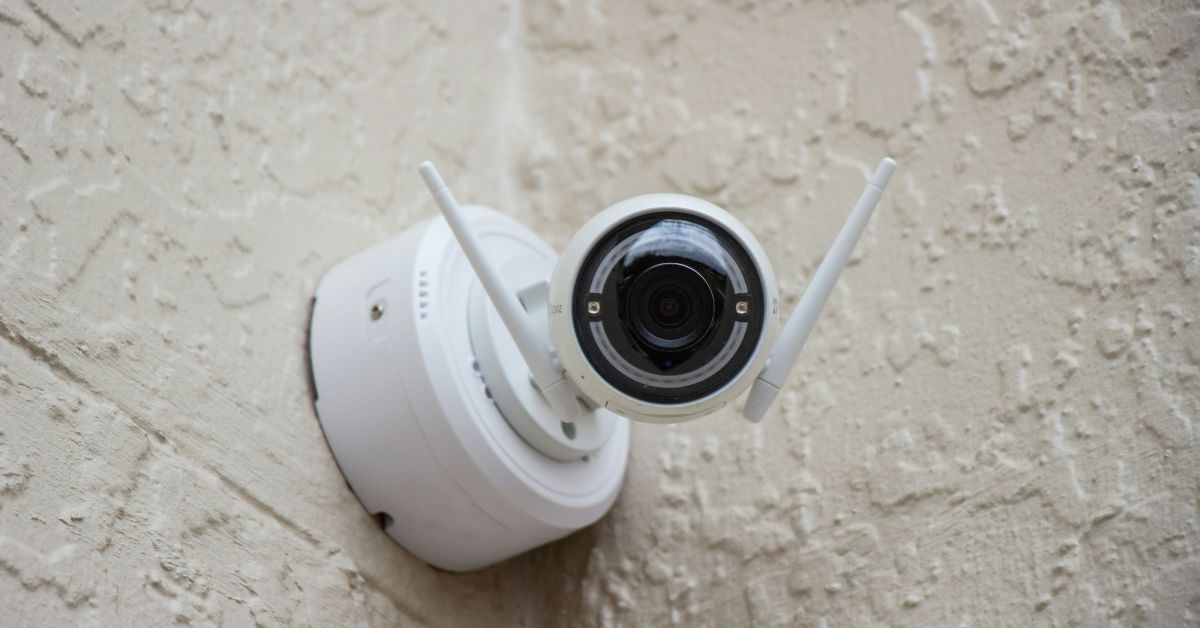Security cameras have evolved into a necessary part of house and company safety in modern society. In the case of a crime, they not only discourage potential invaders but also offer invaluable proof. This article will guide you through the fundamentals of security camera installation, whether your goal is to protect your company or increase security at home.
Why Install Security Cameras?
Let’s consider why setting up security cameras is a wise decision before delving into the how-to:
- Deterrence: Clearly visible cameras deter potential robbers.
- Crime Solving: Recorded video can aid in solving crimes.
- Remote Monitoring: Watch your property from any distance.
- Insurance Benefits: Discounts for properties with security systems are provided by several insurance companies.
Designing Your System of Security Cameras
A good security camera installation depends on efficient planning. Here are some things you should consider:
1. Evaluate Your Requirements
Determine why you want the cameras. Is it to cover sensitive regions, keep a watch on your staff, or monitor entrance points? Knowing your main objectives will guide your equipment and placement decisions.
2. Select Appropriate Cameras
Choose from various types of cameras:
- Bullet Cameras: Perfect for outdoor use, these visible cameras discourage unwanted behavior.
- Dome Cameras: Designed for indoor use, they offer a broad field of view.
- PTZ Cameras: Pan-tilt-zoom cameras can be remotely controlled to cover large areas.
- Hidden Cameras: For discreet surveillance.
Consider resolution, night vision, and weather durability when choosing your cameras.
3. Choose Wired or Wireless
- Wired Cameras: Though they need more work to install, they provide dependable connections and better video quality.
- Wireless Cameras: Although they may be positioned freely and are simpler to set up, they could have interference issues.
Installation Guide
It’s time to install your cameras now that you have a strategy. Here is a methodical guide:
1. Get Your Instruments Ready
You’ll require the following instruments:
- Drill and bits
- Screwdriver
- Anchors and screws
- Ethernet cables (for wired cameras)
- Ladder
- Cable clips
- Power drill
2. Install the Mounts
Start by installing the mounts for your cameras. Here’s how:
- Mark where you intend to drill holes for the mounts using a pencil.
- Drill holes at the designated areas and then place wall anchors.
- Securely screw the mounts in place.
3. Arrange Your Cameras
Fix the cameras on the mounts. Ensure they cover the proper regions and are out of reach to prevent tampering. Adjust the angles for optimal coverage.
4. Run the Cables (for Wired Cameras)
If you are using wired cameras, you will need to run cables from each camera to your DVR or NVR. Here’s how:
- Plot the route so that the wires minimize visibility and protect themselves from the elements.
- Drill holes to run wires inside your house or company.
- Secure the cables along the path using cable clips.
- Plug the cables into the recording device.
5. Link Power
- Wireless Cameras: Usually come with power adapters that need to be plugged into an outlet.
- Wired Cameras: May run on separate power connections or Power over Ethernet (PoE).
6. Set Up the Recording Device
Connect your DVR or NVR to a TV or monitor to set up the system. Configure the recording parameters, storage, and playback options according to the manufacturer’s recommendations.
7. Set Remote Access
Most modern systems allow you to monitor your cameras via a smartphone app or web interface. Set up remote access using the provided instructions to be able to monitor your property from afar.
Maintenance Tips
Regular maintenance can help your security system function smoothly:
- Clean Lenses: Dust and debris can compromise image quality. Use a soft cloth to routinely clean the lenses.
- Check Connections: Ensure all cables and connectors are secure.
- Update Software: Keeping firmware and software up to date helps protect against security flaws.
- Regular Checks: Frequently check the camera feeds and recording capability to identify any problems early on.
Professional Installation
While do-it-yourself installation is possible, consulting experts like Auslec Solutions Electricians can save you time and ensure proper setup. They offer:
- Expertise: Skilled in implementing various types of security systems.
- Efficiency: Accurate and quick installation.
- Peace of Mind: Knowing your system is set up by professionals.
In Summary
Installing security cameras is a proactive way to protect your house or company. This article will help you create a reliable security system that guards your property, offers peace of mind, and deters intruders. The advantages of a well-installed security system are invaluable, whether you decide to do it yourself or call experts like Auslec Solutions Electricians. So go ahead and strengthen your surroundings with the right security measures today!

